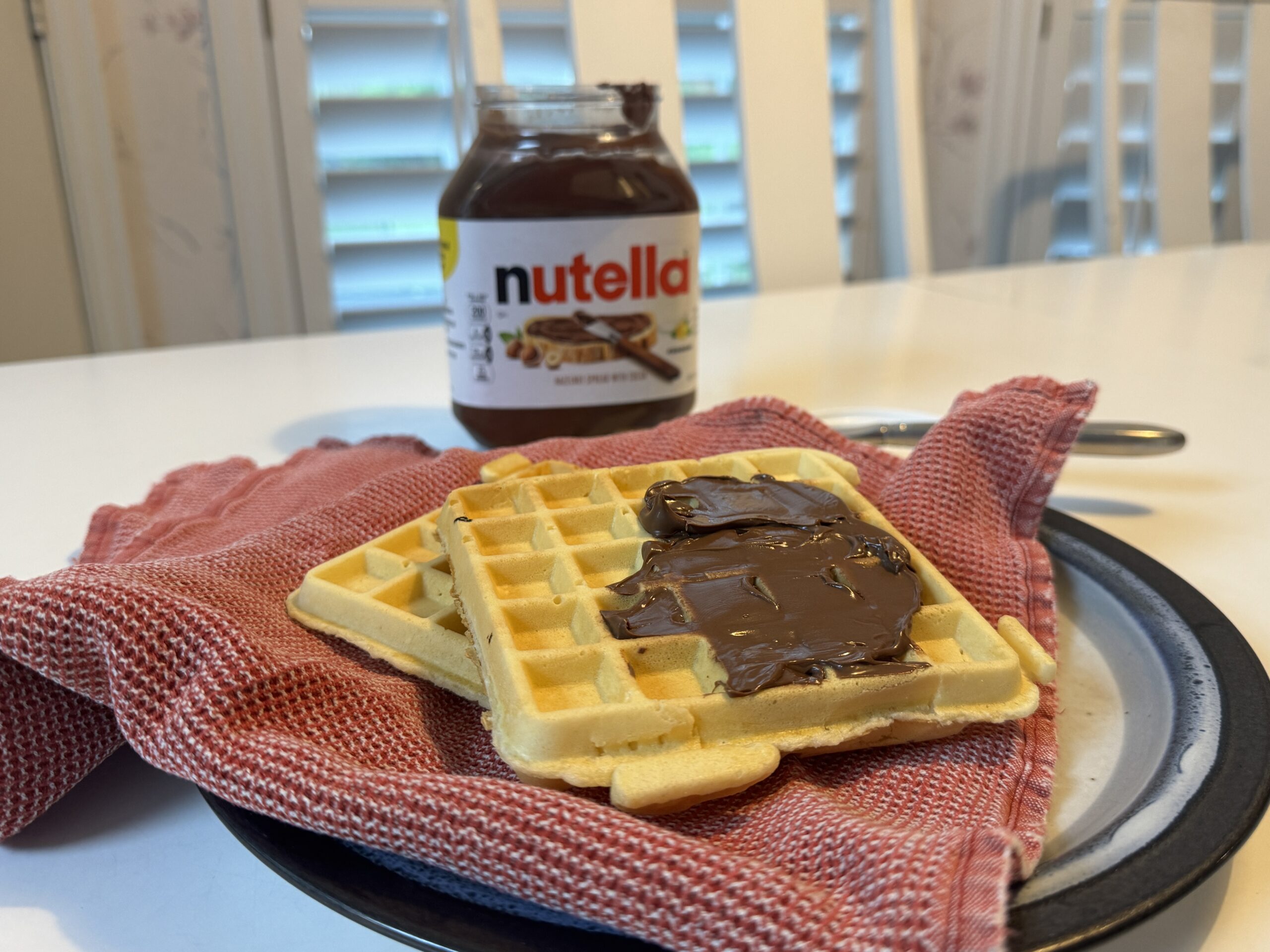In my personal conversations leading up to the “Racquet Sports at War” saga at my former country club, many personal accounts of pickleball players behaving badly has reached my ears. One story, in particular, is the perfect example of the duplicitous nature of the pickleball community.
A suburban neighborhood in Texas that was constructed during the “tennis boom” of the 1970’s has several tennis courts scattered throughout. A tennis player in that area attests that those courts have been well maintained and are still in impeccable condition. They are in high usage throughout the year.
Recently, a resident in that area started hounding the neighborhood association to convert one of the court locations to pickleball. The proposal cited the typical information about how pickleball is the fastest-growing recreational sport in the country. It additionally observed that the current demographics of pickleball players closely aligns with the residents in the community.
Coincidently, that person’s house is directly adjacent to one of the existing tennis court locations in that neighborhood. You might assume that his preferred location for the court conversion would be the tennis courts in his own backyard. If so, you would be flat-out wrong.
The proposal to the neighborhood association identifies the “most logical” location as another neighborhood site that is well outside of the hearing distance of his personal residence. In other words, he wants pickleball courts close to where he lives, but he doesn’t want to live within earshot of it. In fact, no one else does either.
This story is the perfect illustration of the emergent pickleball culture in a nutshell. The sport’s players passionately want the public to fund and subsidize courts for their personal pleasure. At the same time, the pickleball community is unwilling to make personal sacrifices in support of that objective.
The hypocritical behavior (of some) within the pickleball community is divisive. “Sharing the space” with existing tennis courts hasn’t worked well for many reasons. What is really needed — on both sides– is consideration and compromise in the ongoing debate over court usage.
Unfortunately, in many instances where tennis has conceded shared space, that olive branch has turned into a prime example of the proverbial phrase “if you give them an inch, they will take a mile.” It seems to work for a while, but the harmony is fleeting.
Pickleball always wants more.



